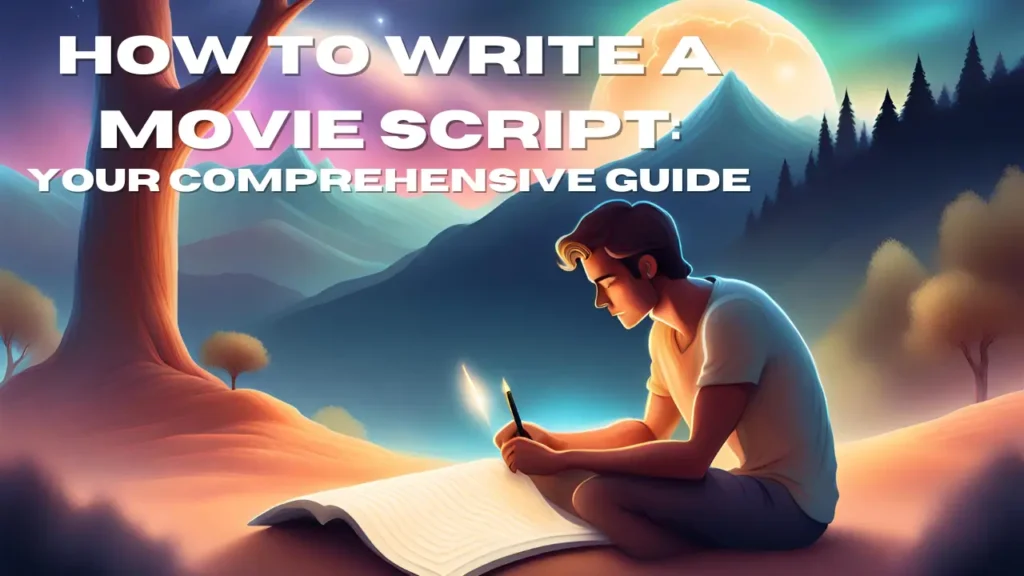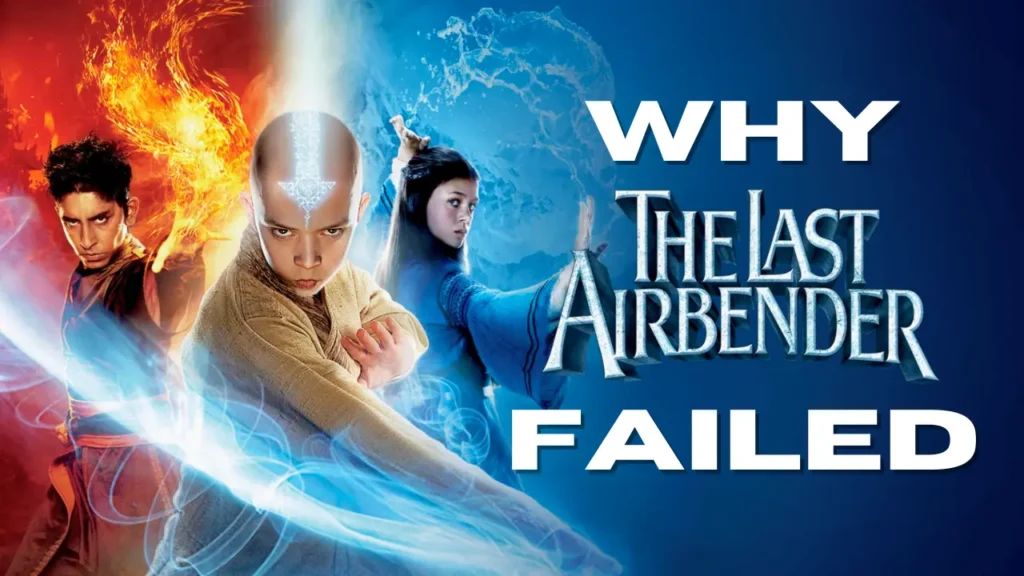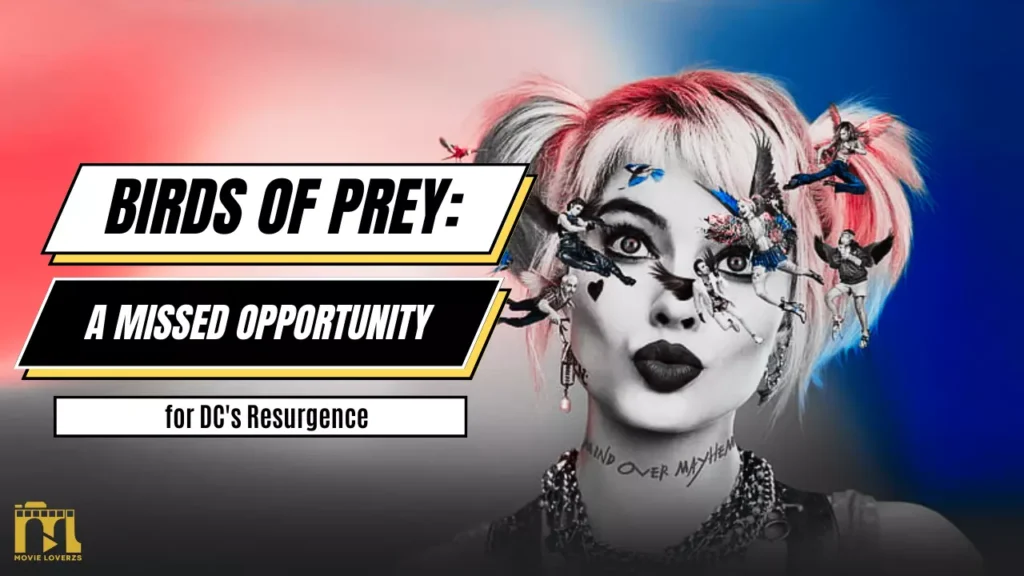Table of Contents
ToggleWhen it comes to filmmaking, film lighting is one of the most important factors that can make or break a film. Proper lighting can enhance the mood, convey emotions, and even hide flaws in the set or actors.
To know more check out the article by Rex Provost on studiobinder.
On the other hand, poor lighting can make a film look amateurish and distract viewers from the story.
Let me tell you when it comes to film production, lighting and cameras are like peanut butter and jelly, they just belong together. And if you’re on the hunt for the perfect camera for your filmmaking project, I’ve got you covered! Check out my article, “The Ultimate Guide to Filmmaking Cameras,” and you’ll have all the information you need to confidently choose the right camera for the job. Trust me, making the right choice will make all the difference and you’ll feel like a total pro!
In this beginner’s guide to film lighting, we’ll cover the basics of lighting for film and provide tips and tricks to help you achieve a professional look.
Types of Film Lighting

There are three main types of lighting used in filmmaking: key light, fill light, and backlight.
Key Light
The key light is the primary light source that illuminates the subject and sets the overall tone for the scene. It is usually the brightest light and positioned at a 45-degree angle to the subject’s face.
This creates a sense of depth and highlights the subject’s facial features.
Fill Light
The fill light is used to fill in the shadows created by the key light. It is usually positioned on the opposite side of the key light and is less bright.
The fill light helps to create a more natural look by softening the shadows and reducing contrast.
Backlight
The backlight is positioned behind the subject and is used to create a sense of depth and separation between the subject and the background. It also helps to highlight the subject’s hair and shoulders, creating a halo effect.
The backlight should be less bright than the key light but brighter than the fill light.
Film Lighting Techniques
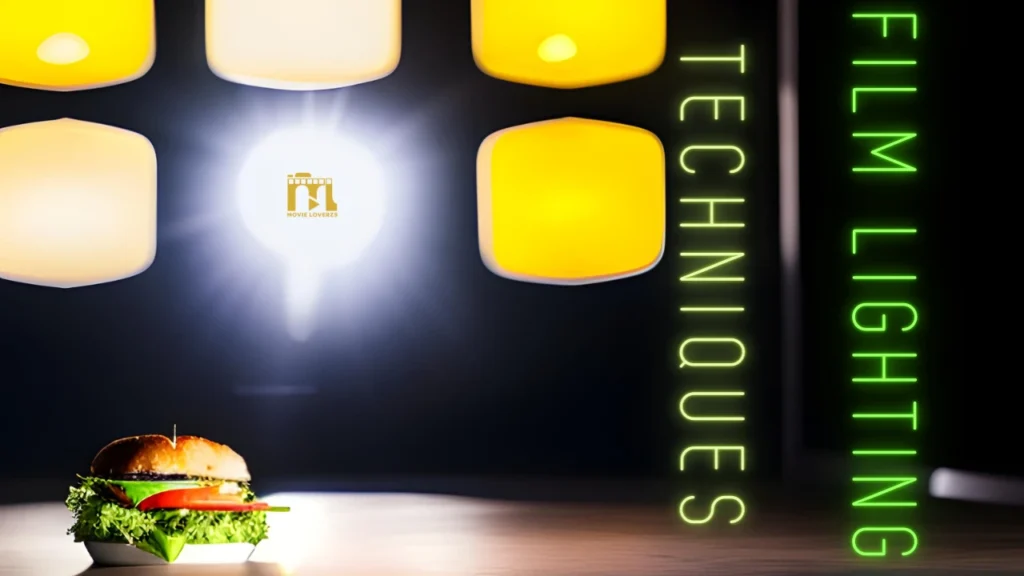
There are several lighting techniques that can be used to create different moods and effects in a film.
Three-Point Lighting
Three-point lighting is the most common lighting technique used in filmmaking. It involves using a key light, fill light, and backlight to create a balanced and natural look. This technique is ideal for interviews, dialogue scenes, and most other types of scenes.
High-Key Lighting
High-key lighting is used to create a bright and cheerful mood. It involves using bright, even lighting with few shadows. This technique is often used in comedies, musicals, and other lighthearted films.
Low-Key Lighting
Low-key lighting is used to create a dark and moody atmosphere. It involves using minimal lighting with deep shadows and high contrast. This technique is often used in horror, film noir, and other dramatic films.
Silhouette Lighting
Silhouette lighting is used to create a striking visual effect. It involves placing the subject in front of a bright light source, such as a window or the sun, so that the subject appears as a dark silhouette against the light. This technique is often used in action films and music videos.
Film Lighting Equipment
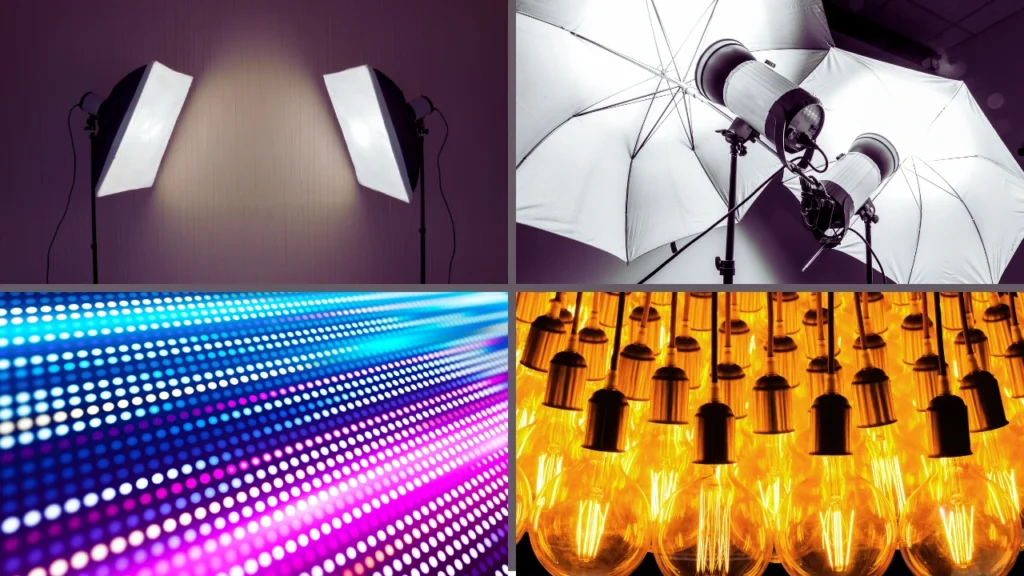
There are several types of lighting equipment that can be used in filmmaking, including:
Softbox
A softbox is a type of light modifier that is used to create soft, diffused lighting. It is ideal for portrait shots and other scenes that require a gentle, natural look.
Umbrella
An umbrella is another type of light modifier that can be used to create soft, diffused lighting. It is less expensive than a softbox and is ideal for beginner filmmakers who are just starting out.
LED Lights
LED lights are a popular choice for filmmakers because they are lightweight, portable, and energy-efficient. They are also versatile and can be used for a variety of different lighting setups.
Tungsten Lights
Tungsten lights are a traditional type of film lighting that can create a warm, natural look. They are ideal for indoor shoots and are often used in professional film studios.
Using Light to Tell a Story
Now that your lighting kit is set up, it’s time to start using light to tell a story. Light can be used to convey emotion, create tension, and highlight important elements of your shot.

Here are a few tips for using light effectively in your films:
Use Shadows to Create Drama
Shadows can be just as important as light when it comes to creating drama and tension in your shots. Use hard shadows to create a sense of mystery or suspense, or soft shadows to create a more romantic or dreamlike atmosphere.
Use Light to Create Depth and Dimension
By positioning your lights at different angles, you can create depth and dimension in your shots. Use your key light to highlight the foreground, then use your fill and back lights to create depth in the background.
Use Color to Set the Mood
Color can be used to evoke emotions and set the mood for your scene. Warm colors like red and orange can create a sense of warmth and intimacy, while cool colors like blue and green can create a more somber or serious atmosphere.
Use Light to Highlight Important Elements
Light can be used to draw attention to important elements in your shot.
For example, you can use a spotlight to highlight a character’s face or use a backlight to draw attention to a specific object in the background.
Experiment with Different Lighting Techniques
Don’t be afraid to experiment with different lighting techniques to find what works best for your scene. Try using colored gels, diffusers, or reflectors to create different effects and moods.
FAQs
What is the most important type of lighting in filmmaking?
The key light is the most important type of lighting in filmmaking as it sets the tone and mood for your scene.
How can I create depth and dimension in my shots using lighting?
By positioning your lights at different angles and using your key, fill, and backlights effectively, you can create depth and dimension in your shots.
What are some popular types of film lighting?
Tungsten lights, LED lights, and fluorescent lights are popular types of film lighting.
Can I use shadows to create drama in my shots?
Yes, shadows can be just as important as light when it comes to creating drama and tension in your shots.
What is the best way to experiment with different lighting techniques?
The best way to experiment with different lighting techniques is to try using colored gels, diffusers, or reflectors to create different effects and moods.
Conclusion
Lighting is an essential component of filmmaking that can make a huge difference in the overall quality of a film.
By understanding the basic principles of film lighting, as well as the different types of lighting techniques and equipment available, you can create professional-looking films that captivate and engage your audience.
Remember to experiment with different lighting setups and techniques to find the look that works best for your film.


